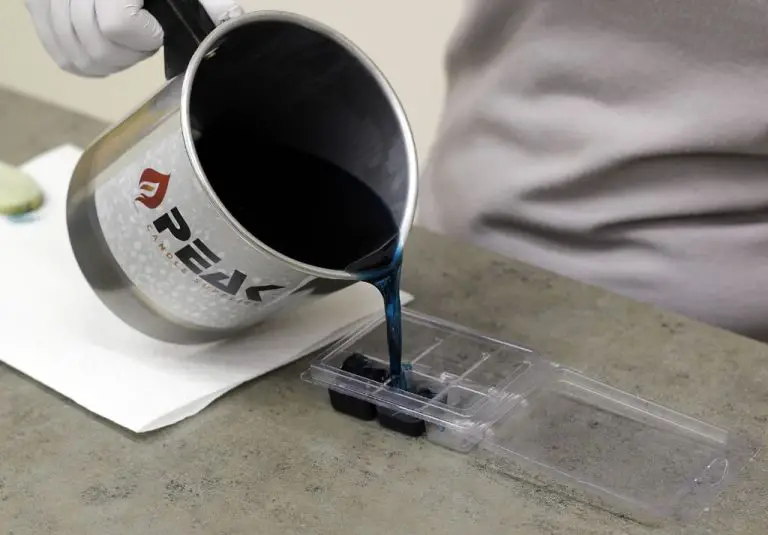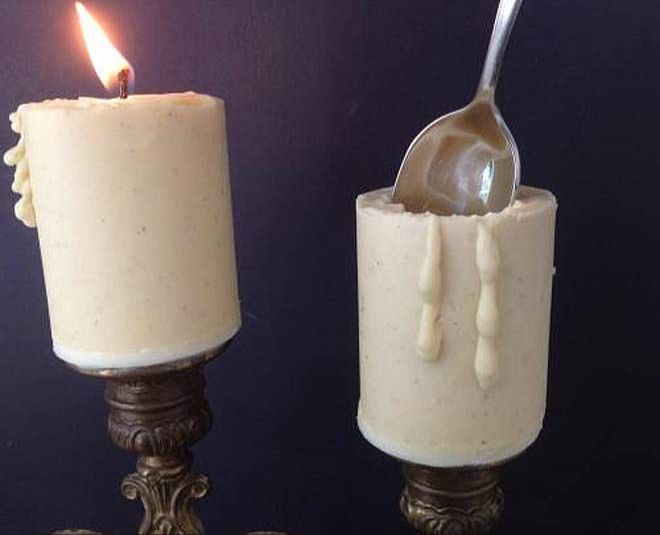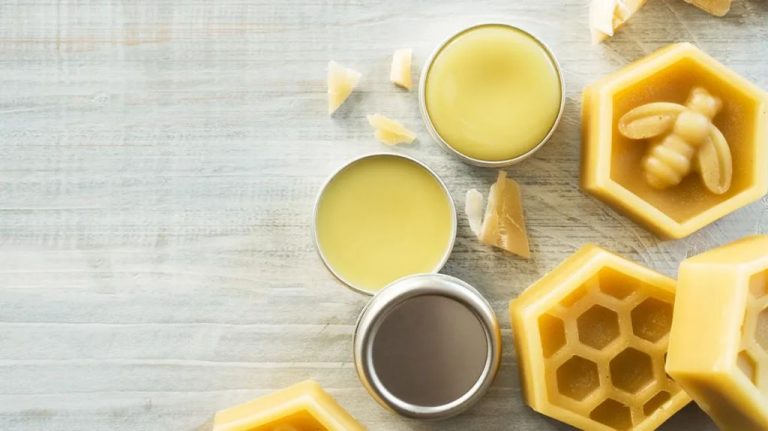Which Wax Is Edible?
Wax is defined as a “substance that is produced by bees, that is a thick liquid when warm and a solid when cool, and that is used to make candles and polishes” (Merriam-Webster). Waxes are organic compounds that are solid at ambient temperatures but melt at relatively low temperatures to become a low viscosity liquid. They consist of esters of fatty acids and alcohols.
There are several types of edible waxes that come from natural sources like plants, insects, and minerals. Some common edible waxes include beeswax from honeycomb, carnauba wax from palm leaves, candelilla wax from shrubs, rice bran wax from rice bran oil, soy wax from soybeans, palm wax from palm oil, jojoba wax from jojoba seeds, and shellac wax from lac insects. This content will provide an overview of these different types of edible waxes, their sources, properties, uses, and safety.
Beeswax
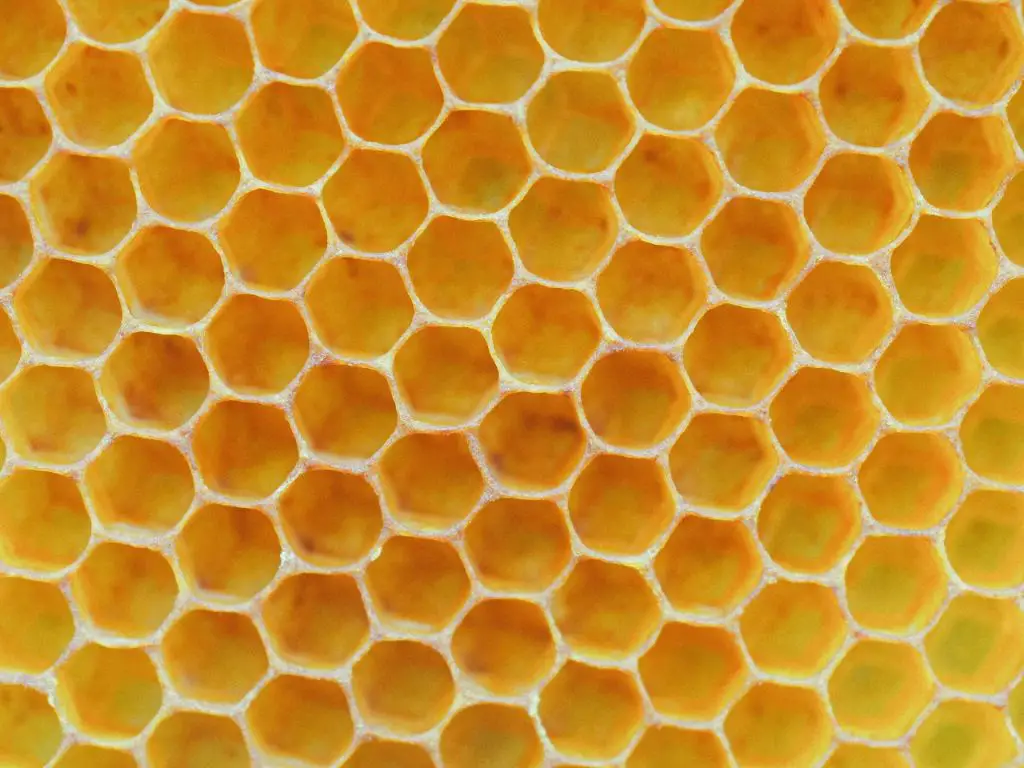
Beeswax is a natural wax produced by honey bees in their hives. It is made from the secretions of worker bees’ special abdominal glands and molded into hexagonal cells to store honey and pollen (Wikipedia). Beeswax has been used for centuries in food preservation, candle making, cosmetics, and as a waterproofing coating. It is edible and safe for human consumption.
Beeswax contains anti-inflammatory and antimicrobial properties that make it useful as a food coating. It was commonly used to seal and preserve cheese, fruit, and other foods before refrigeration was widely available. The wax coating protects food from spoilage while also providing a non-stick surface. Beeswax is still used today as a coating on some cheeses and candy products (Carolina Honeybees).
While beeswax is considered non-toxic, it is not digestible. Eating small amounts of beeswax, like when consuming honeycomb, is generally not harmful but does not provide much nutritional value. The wax passes through the digestive system undigested. Large quantities of beeswax could potentially cause an intestinal blockage (Backyard Beekeeping). Overall, beeswax is an edible wax with a long history of food uses and some beneficial properties when consumed in moderation.
Carnauba Wax
Carnauba wax comes from the leaves of the Copernicia prunifera palm tree, known as the carnauba palm. This tree is native to northeastern Brazil. To harvest carnauba wax, the leaves are dried, beaten to loosen the wax, then the wax is refined and filtered.
Carnauba wax is commonly used to give a protective coating and add shine to candy, fruit, and cheese. It helps lock in moisture and provides texture. Carnauba wax is often found in hard candies, candy coatings, glazes for baked goods, and is used to polish and protect chocolate.
According to Modernist Pantry, LLC, “Common uses include candies, fresh fruit, and cheese where the carnauba wax is used to create a protective coating on the food. This can improve function (e.g. reduce moisture loss, inhibit lipid oxidation) and/or aesthetics (increase gloss, enhanced appearance).” https://modernistpantry.com/products/carnauba-wax.html
Candelilla Wax
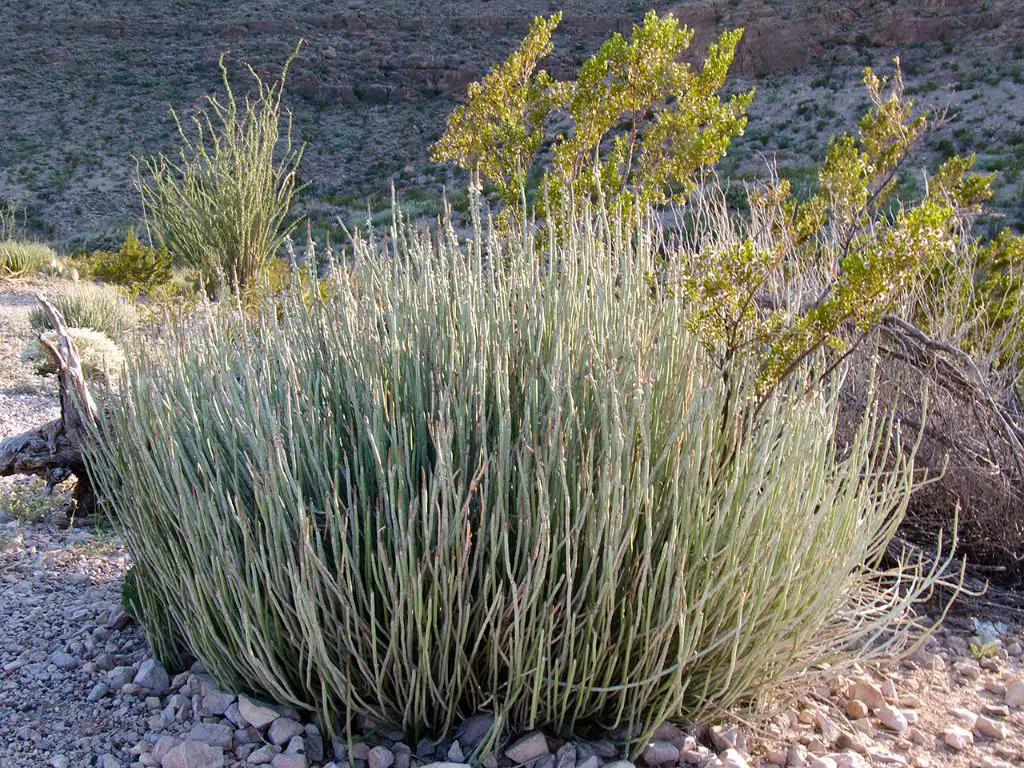
Candelilla wax comes from the leaves of the Candelilla shrub (Aranda-Ledesma, 2022) that grows in the arid northern regions of Mexico. The plant has adapted to the hot, dry climate and produces a protective wax coating on its stems and leaves to prevent water loss. This wax can be collected by boiling the leaves and stems in water and skimming off the wax that floats to the surface.
Candelilla wax is used as a vegan alternative to beeswax in products like lip balms, lotions, and candles. Since it comes from a plant rather than insects, it appeals to vegans and those avoiding animal-derived ingredients (Amazon, n.d.). The wax is hard but flexible and has a higher melting point compared to beeswax, making it useful for products that need to maintain their shape in hot temperatures.
One unique use of candelilla wax is in chewing gum. Its plastic-like properties allow it to be chewed without breaking apart. The wax helps retain flavors and gives gum a smooth, non-sticky texture (DigiComply, 2022). While not as commonly used as synthetic gum bases today, candelilla wax played an important role in early chewing gum formulations in the late 1800s and early 1900s.
Rice Bran Wax
Rice bran wax is made from the oily film that forms on rice bran oil. It is edible and often used as a substitute for carnauba wax in candy and chocolate. Rice bran wax helps give a smooth texture and provides a protective coating. It is approved for use as a direct food additive by the FDA (United States Food and Drug Administration) according to bulknaturaloils.com.
Compared to beeswax and carnauba wax, rice bran wax has a low melting point, making it easier to work with. It is an excellent release agent and lubricant. In addition to candy and chocolate, rice bran wax is used in cosmetics, pharmaceuticals, and industrial applications. It provides good binding capability and film formation.
Rice bran wax can be purchased for use in home recipes and food products. It is considered generally recognized as safe (GRAS) by the FDA. Some benefits of using rice bran wax in food include its smooth texture, moisture retention, and protective coating. It can help retain freshness and prevent moisture loss.
Soy Wax

Soy wax is made from hydrogenated soybean oil. It is commonly used to make candles, owing to its clean burning properties, as well as in food products to provide sheen and texture. Soy wax is considered a clean, natural wax since it comes from soybean oil.
Since soy wax is made from soybeans, it is a vegetable-based wax. This makes it appealing for eco-conscious manufacturers and consumers. Soy wax burns longer and cleaner than paraffin wax candles. It is also biodegradable and compostable.
One of the advantages of soy wax is that it can be used for edible purposes. According to this article, soy wax is clean enough that it can actually be eaten. Soy wax provides sheen and texture when used to coat candy, fruit, and baked goods.
Overall, soy wax is a versatile edible wax valued for its origin from soybean oil and its natural, clean burning properties.
Palm Wax
Palm wax is edible and derived from palm oil, which comes from the fruit of palm trees. It is created by hydrogenating palm oil or separating the oil into solid and liquid parts1. Palm wax is often used as a substitute for paraffin wax in food products and candles because it is natural, biodegradable, and vegan. It adds texture and opacity to foods like chocolate, candy, and cheese coatings. Palm wax has a higher melting point than other edible waxes, so it helps maintain shape at room temperature2.
Jojoba Wax
Jojoba wax is made from the liquid wax found in the seeds of the jojoba plant (Simmondsia chinensis). The wax makes up about 50% of the jojoba seed [1]. Jojoba oil is unique in that it closely resembles the natural sebum produced by human skin [2]. This makes jojoba wax useful in cosmetics and skin care products, as it can help moisturize and protect skin. Jojoba wax can also be used to make candles and balms.
While the jojoba plant is native to northern Mexico and the southwestern United States, today it is cultivated in hot, dry regions around the world. The jojoba plant is hardy and drought-resistant [1].
Jojoba wax is edible, though it provides no nutrition. Since humans cannot digest it, jojoba oil and wax pass through the digestive system unchanged [3]. This makes jojoba wax useful as a supplement coating and as an ingredient in nutraceutical products. It is also sometimes used as a food additive and flavor carrier [1].
Shellac
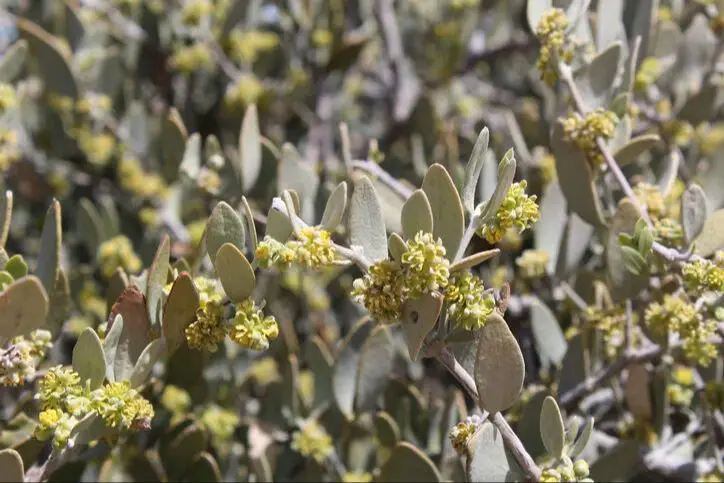
Shellac is a resinous secretion produced by the lac bug, Laccifer lacca. This natural polymer has been used for centuries as a coating and finish, especially in candies and confections.[1]
When refined and processed, shellac has a shiny, glossy appearance that gives coated candies an appealing look. It also provides a protective barrier and extends shelf life. Some common candies that use shellac coatings include jelly beans, chocolate-covered coffee beans, and tart candies like Sour Patch Kids.[2]
Shellac is generally recognized as safe (GRAS) by the FDA and can enhance appearance, texture, and mouthfeel. It must undergo strict processing to remove impurities and ensure food-grade purity before being used in edible applications.
Conclusion
In summary, the main edible waxes used in foods include beeswax, carnauba wax, candelilla wax, rice bran wax, soy wax, palm wax, and shellac. Beeswax is commonly used to coat fruits, vegetables, nuts, and candies to prevent moisture loss and protect food. Carnauba wax comes from palm leaves and is used to provide shine and protection to candies, chocolates, and chewing gums. Candelilla wax from a desert shrub is used as a glaze or binder in chewing gums. Rice bran wax helps candy retain moisture and is used in chocolate and gum. Soy wax is made from hydrogenated soybean oil and used in candy coatings. Palm wax adds shine to chocolates and candies. Shellac is used as a glaze on fruits and candies.
These edible waxes serve important functions like controlling moisture, providing protective coatings, adding gloss, and helping food retain freshness and integrity. They allow many foods to maintain quality and extend shelf life during handling, storage, and transportation. When used properly, food-grade waxes give consumers safe, appealing products with expected textures and appearances.


